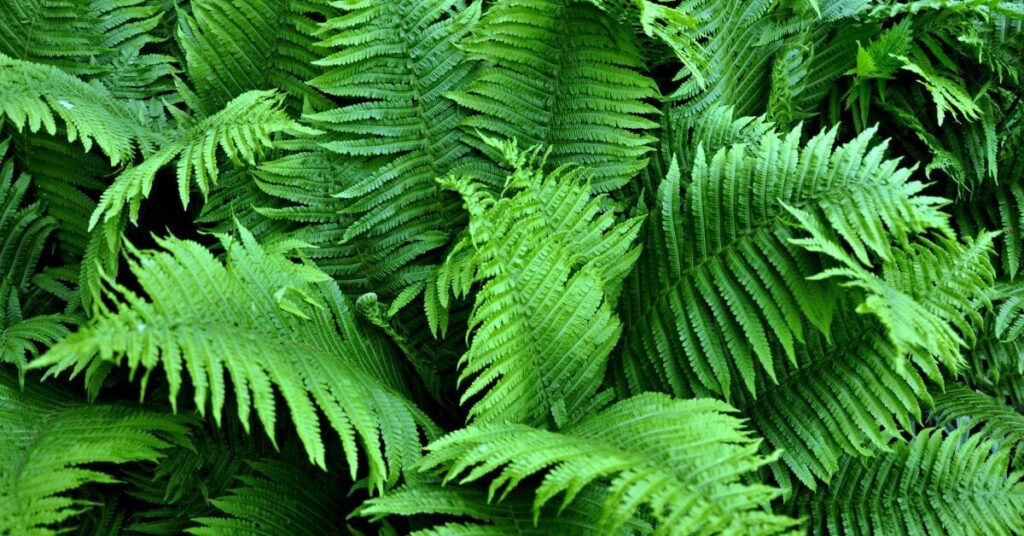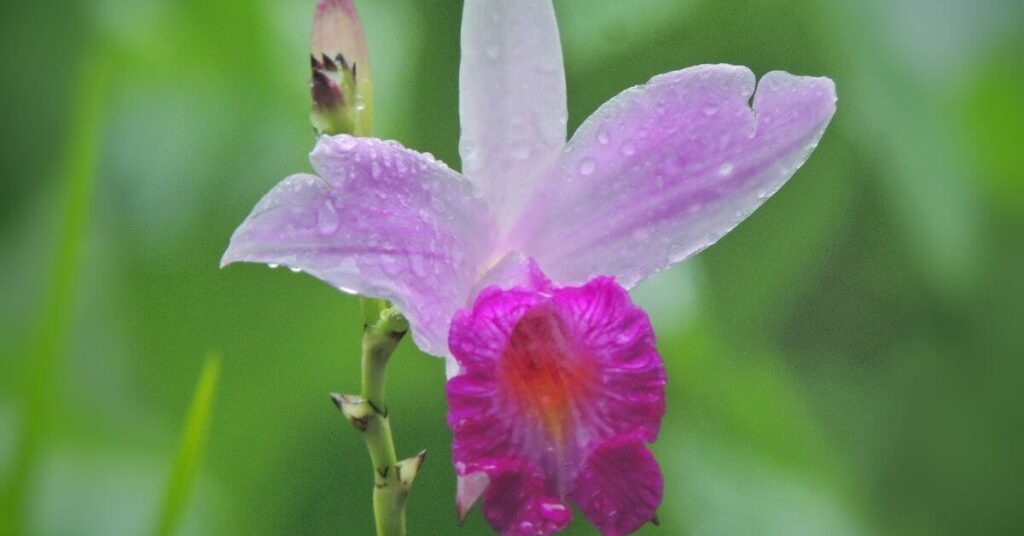Introduction
Ornamental plants play a crucial role in creating enchanting and welcoming green spaces. Among these nature’s gems, the magnificent Bird of Paradise (Strelitzia reginae) stands out—an exotic and imposing plant that has captured the hearts of gardeners and botanical enthusiasts alike. In this article, we will explore the fascinating journey of the Bird of Paradise, from its origins to the necessary care for cultivation, highlighting its unique beauty and versatility as an ornamental plant.
Origins and History of the Bird of Paradise
Strelitzia reginae, commonly known as the Bird of Paradise, is native to South Africa, where it naturally thrives in the regions of Natal and Port Elizabeth. Introduced to other climates worldwide, the plant quickly gained popularity due to its impressive flowers and lush foliage.
The history of the Bird of Paradise dates back to the 18th century when European botanists discovered it while exploring African flora. Its scientific name pays homage to Queen Charlotte of Mecklenburg-Strelitz, the wife of King George III of Britain. This historical connection adds a touch of nobility to the plant, contributing to its aura of elegance.
Botanical Features of the Bird of Paradise
Strelitzia reginae is known for its distinctive botanical features, making it a striking presence in any garden. Let’s explore some of these characteristics:
- Impressive Flowers: The Bird of Paradise’s flowers are true works of art in nature. With orange and blue petals, resembling the shape of a bird in flight, the inflorescences are a spectacle on their own. They emerge at the top of long stems, rising above the rest of the plant.
- Structured Leaves: The large and robust leaves of the Bird of Paradise contribute to its majestic appearance. With a texture resembling leather, the leaves have a banana-like shape, providing an interesting visual contrast with its colorful flowers.
- Gradual Growth: The Bird of Paradise is a slow-growing plant, making it ideal for spaces where a lasting and stable presence is desired. Its consistent growth, however, allows observers to appreciate each phase of the plant’s development.
Cultivation of the Bird of Paradise: Essential Care
To fully enjoy the beauty of the Bird of Paradise in your garden, it is crucial to provide proper care. Here are some essential guidelines for the successful cultivation of this ornamental plant:
- Climate and Soil: The Bird of Paradise thrives in subtropical to tropical climates. It prefers soils rich in organic matter, well-drained, and slightly acidic. Plant it in an area where it receives direct sunlight, promoting healthy development.
- Moderate Watering: While the Bird of Paradise tolerates short periods of drought, regular watering, especially during the warmer months, is important. Avoid overwatering, as the plant is susceptible to diseases related to excessive moisture.
- Proper Fertilization: Use a balanced fertilizer during the growing season to promote flowering and leaf development. Fertilizers specifically designed for tropical plants may be an ideal choice.
- Strategic Pruning: Remove old and dry leaves to maintain the plant’s aesthetic appearance. Pruning can also be used to control the size and shape of the Bird of Paradise, although it is essential to avoid excessive cuts that may hinder its growth.
Landscaping Applications of the Bird of Paradise
The versatility of the Bird of Paradise makes it a popular choice for various landscaping applications. Here are some creative ways to integrate this impressive plant into your garden design:
- Highlight Panels: Plant several Bird of Paradise plants together to create visual highlight panels in your garden. The vibrant flowers and lush leaves will form a charming tropical landscape.
- Featured Beds: Use the Bird of Paradise as a central plant in flower beds or landscaping islands. Its height and elegance provide an irresistible visual focus.
- Modern Landscaping: Due to its unique shape and exotic flowers, the Bird of Paradise is a popular choice for modern landscaping projects. Integrate it into contemporary outdoor spaces to add a touch of sophistication.
- Decorative Containers: In more limited spaces, the Bird of Paradise can also thrive in decorative containers. Place them on balconies, patios, or terraces to create a tropical oasis in urban environments.
Common Problems and Solutions
Even with the best care, plants can face challenges. Here are some common issues associated with the Bird of Paradise and their solutions:
- Yellowing Leaves: This may indicate overwatering or lack of nutrients. Adjust the amount of water and apply a balanced fertilizer.
- Torn or Damaged Leaves: It could be caused by strong winds or pests. Protect the plant from intense drafts and monitor the presence of insects.
- Lack of Flowers: The Bird of Paradise typically takes a few years to bloom after planting. Ensure it is receiving adequate sunlight and be patient.
Conclusion
The Bird of Paradise is much more than a mere ornamental plant; it is a masterpiece of nature that adds a unique dimension to gardens worldwide. Its fascinating history, distinctive botanical features, and versatility in landscaping make it a valuable choice for those seeking to add elegance and exoticism to the outdoor environment. By following proper care and understanding the needs of this incredible plant, you will be ready to witness the continuous splendor of the Bird of Paradise in your own green paradise.






